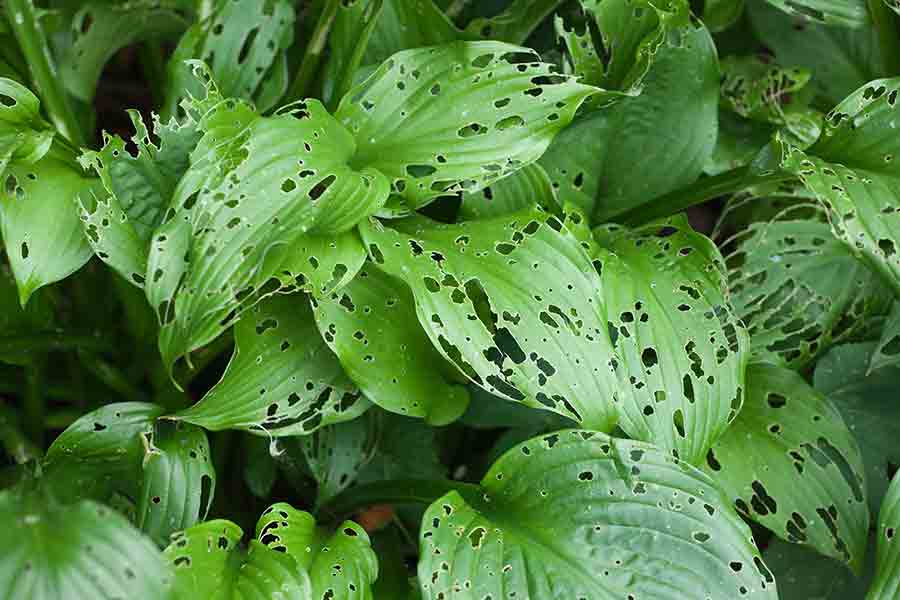
When it comes to studying patterns in how bugs damage plants, is it important to know the average amount and type of damage? Or the variation around the average?
That’s the crux of a new paper published in Science by a team of 192 authors across six continents.
“What this is doing is looking at whether there is biological meaning to the numbers that exist outside the mean,” said Florida State University Professor of Biological Science Nora Underwood, one of the study’s lead authors. “That variance is not just noise.”
Understanding how plants thrive and resist or succumb to damage from external factors, such as bugs, is critical information when examining the global food chain and also the agricultural system. For years, scientists have focused on answering questions about damage to plants using mean or average levels of damage.
But researchers are now positing that the number of data points outside the mean might provide different and even better answers.
“Plants and insects make up one of the most common interactions on the planet and are the basis of our agricultural system,” Underwood said. “There are economic implications to this.”
Underwood and fellow FSU Professor of Biological Science Brian Inouye, with Montana State University Associate Professor William Wetzel and faculty from Virginia Tech and University of Florida created the Herbivory Variability Network and recruited researchers and volunteers from around the world to join them and help collect data on both the mean and the variation in insect damage to plants.
The result was an international network that collected more than 47,000 plant samples from 790 sites. The samples included 503 species on 6 continents.
In collecting the data and examining the variation, researchers found that plants closer to the equator experienced less variation in damage and plants closer to the poles experienced more variation in damage, which is the opposite of the pattern for mean damage. They also found that some plant families had significant variance in terms of damage, and others did not.
“Our findings really drive home the idea that it is critical to look at all of the data points in addition to the mean to find patterns,” Inouye said.
As part of their work, Inouye, Underwood and three of their collaborators also received a grant from the National Science Foundation to further enhance the Herbivory Variability Network and develop theory, create educational resources for classes and lab groups, and analyze other sources of data.
Inouye, who is working with others in the network to develop more theory around using variance to determine patterns, said the enthusiasm from around the globe really contributed to the fun of the project.
“This is all about the joy of science,” Inouye said. “This is curiosity about a fundamental thing that nobody really looked at before.”




